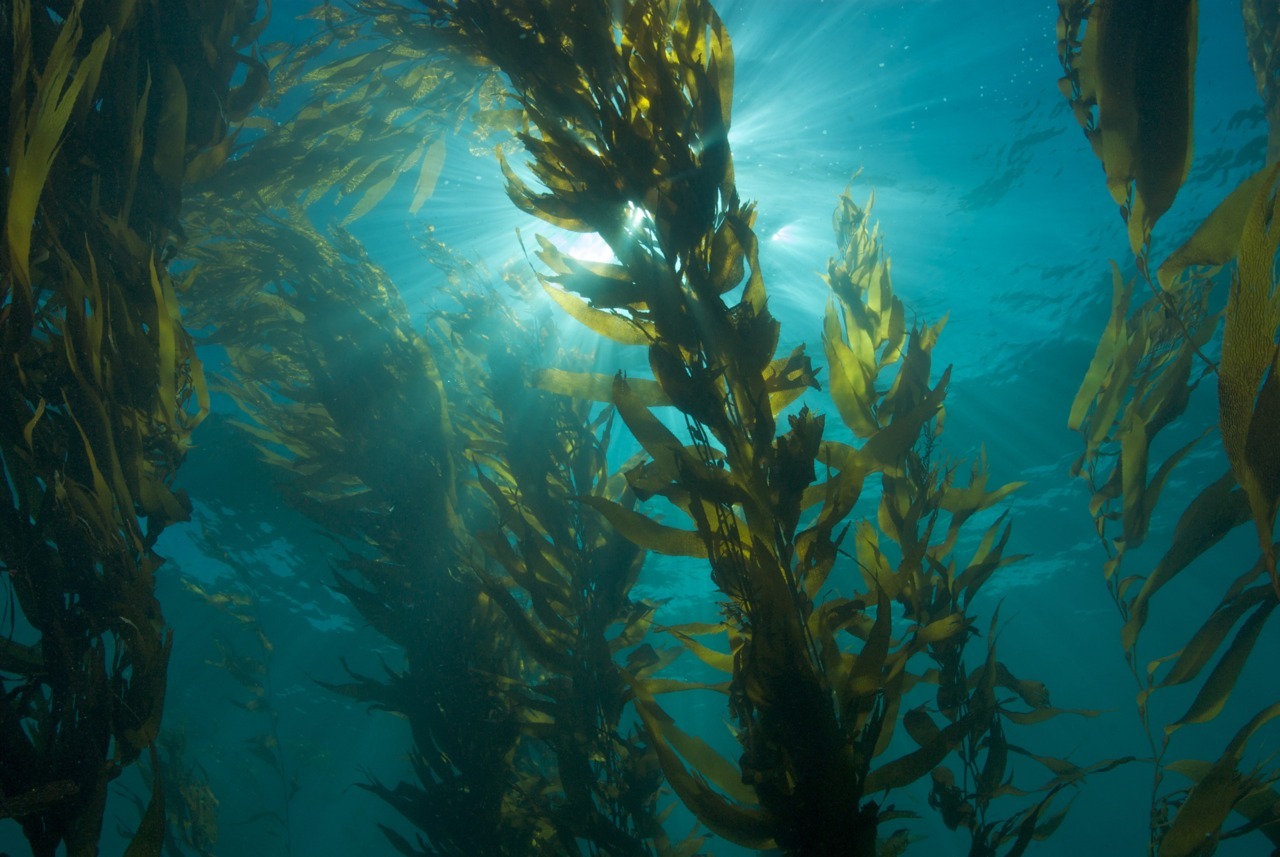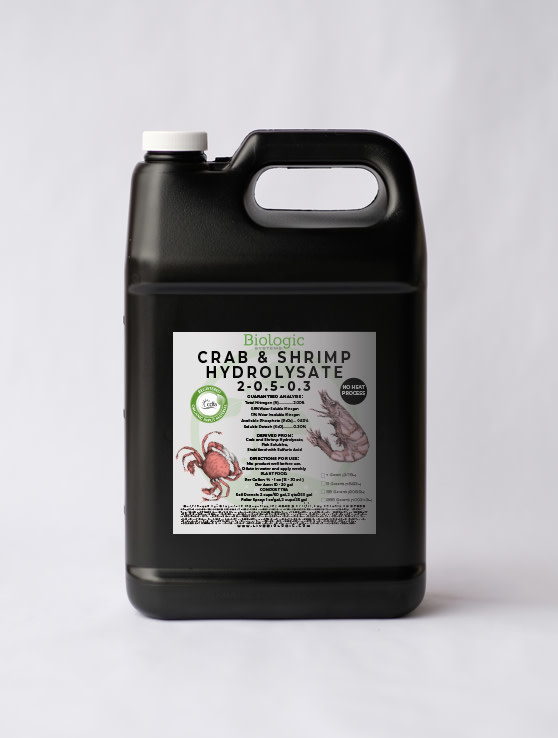Vandenberg
Active member
When non-hydrolyzed fish fertilizer (emulsion) is manufactured, fish products and scraps are boiled and then used primarily for other industries, like creating paint and cosmetics or for livestock feed.
Most of the oils are drained for those products long before they are used to make fertilizer.
The process causes most of the essential amino acids in the fish to be lost or used for other purposes.
Hydrolyzed fish fertilizer is manufactured by a much different process.
Basically, 100 percent of the fish product is used for the fertilizer, allowing for more nutrients in your soil and for your plants. A more useful product is obtained from this process, making it more cost effective and longer lasting. There are also more environmental benefits from this this type of fertilizer, as there is little waste and no chemical additives.
The fertilizer creates no toxic minerals that many high-grade emulsion products tend to have.
These type of enzymatic cold processed biological products do provide a comprehensive mix of macro- and micronutrients, trace elements, minerals, amino acids, peptides, proteins, calcium and enzymes, all in a useable form perfectly suited for maximum efficiency of uptake for your plants.
kelp extract is also often applied with the fish fertilizer, which has also been proven to be very beneficial to home gardens as well as large crops.
These organic fish fertilizer are known to also stimulates water penetration and increases nutrient assimilation.
Borrowing a hot sauce brands advertising slogan
" I put that shit on everything.
Vandenberg
Most of the oils are drained for those products long before they are used to make fertilizer.
The process causes most of the essential amino acids in the fish to be lost or used for other purposes.
Hydrolyzed fish fertilizer is manufactured by a much different process.
Basically, 100 percent of the fish product is used for the fertilizer, allowing for more nutrients in your soil and for your plants. A more useful product is obtained from this process, making it more cost effective and longer lasting. There are also more environmental benefits from this this type of fertilizer, as there is little waste and no chemical additives.
The fertilizer creates no toxic minerals that many high-grade emulsion products tend to have.
These type of enzymatic cold processed biological products do provide a comprehensive mix of macro- and micronutrients, trace elements, minerals, amino acids, peptides, proteins, calcium and enzymes, all in a useable form perfectly suited for maximum efficiency of uptake for your plants.
kelp extract is also often applied with the fish fertilizer, which has also been proven to be very beneficial to home gardens as well as large crops.
These organic fish fertilizer are known to also stimulates water penetration and increases nutrient assimilation.
Borrowing a hot sauce brands advertising slogan
" I put that shit on everything.
Vandenberg
Last edited:




 best vibes
best vibes
